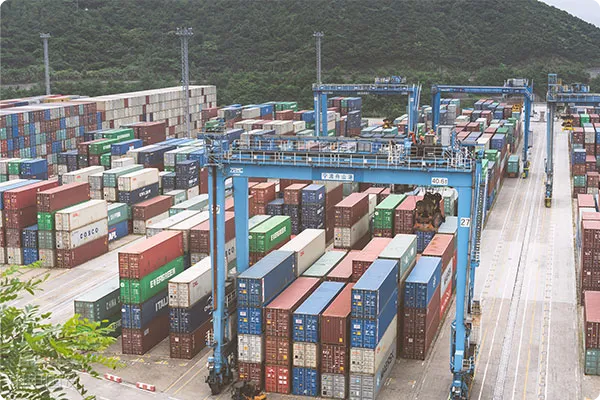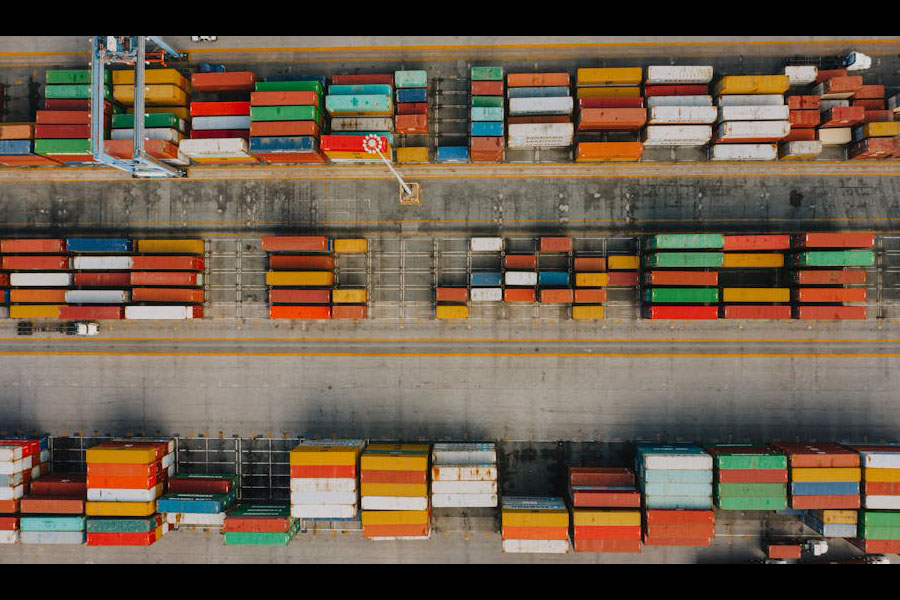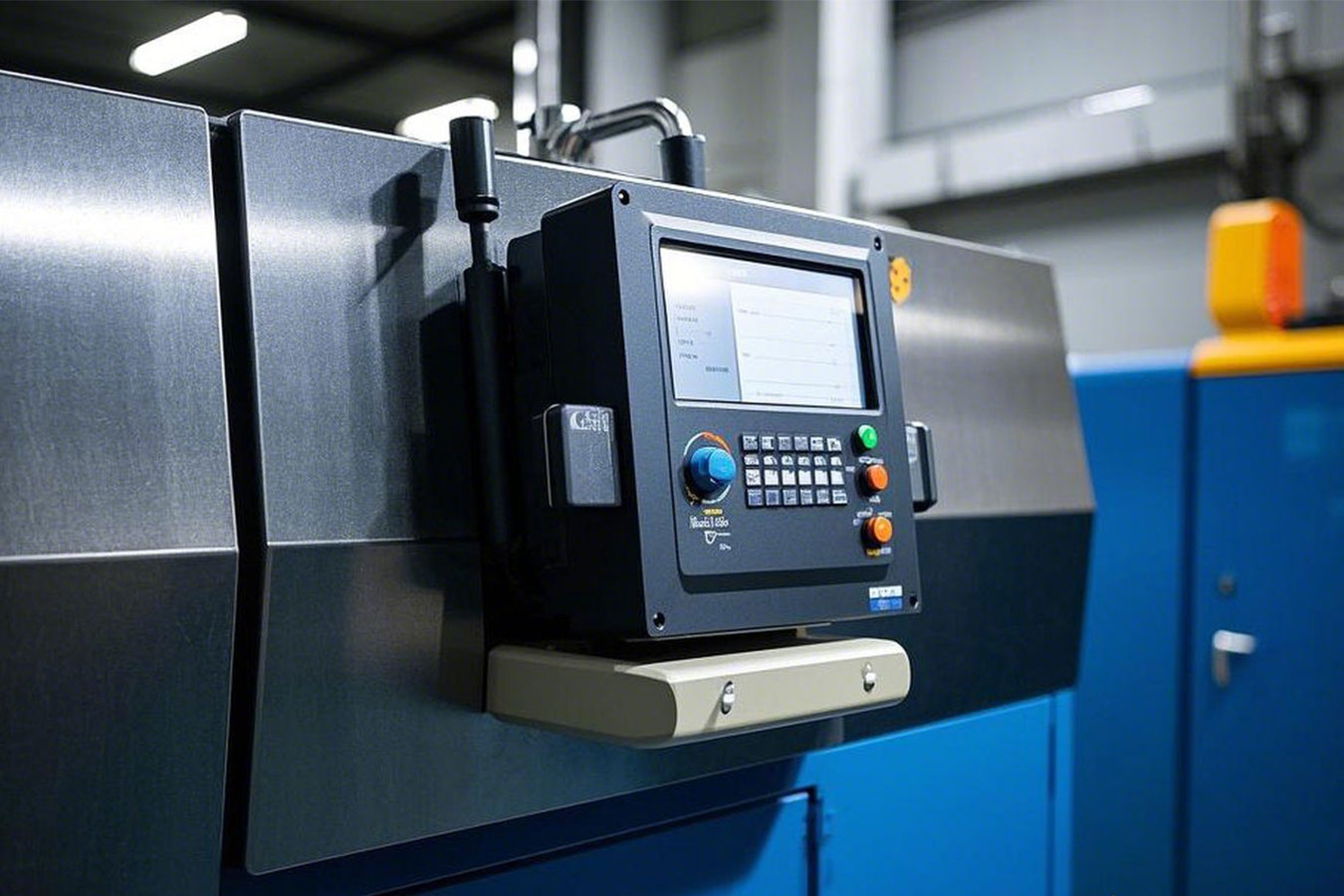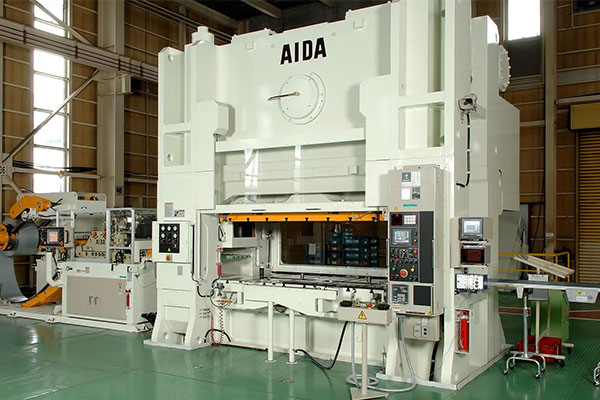- Shanghai Zhongshen International Trade Co., Ltd. - Two decades of trade agency expertise.
- Service Hotline: 139 1787 2118

Equipment ImportsSpecial characteristics recognition
Industrial equipmentImport ClearanceIt differs from ordinary goods in thatEssential difference. According to data from the General Administration of Customs in 2025, the inspection rate for electromechanical products was 37% higher than that for conventional goods, with equipment subject to special regulatory requirements accounting for 63% of the total. The complexity of equipment imports is primarily reflected in three aspects:
- Determination of technical parameters: Must simultaneously comply with customs classification and industry technical standards.
- Regulatory Document Matrix
- Logistics adaptation requirements: Oversized equipment requires prior application for special transport permits.
Key Control Points in the Entire Customs Clearance Process
The value of a professional agency is prominently demonstrated across the six stages of equipment customs clearance:
- Pre - preparation Stage
- Selection of Exchange Rate Lock - in Period (90 - day forward recommended)
- The technology for shortening the processing cycle of import licenses for electromechanical products
- Declaration link
- Disposal of Differences in Reporting Between Old and New Equipment (Determination of Residual Value Rate)
- Equipment Function Module Segmentation Declaration Strategy
- Inspection response phase
- Customs Response and Evidence System for Price Declaration Challenges
- Rapid Compliance Rectification Plan for Safety Warning Signs
2025 new policy response strategies
According to the latest "Administrative Measures for Imported Electromechanical Products," enterprises should pay special attention to:
- 12 types of products have been added to the used mechanical and electrical equipment filing catalog.
- The import of complete sets of equipment in batches requires the provision ofOverall Technical Correlation Certification
- The scope of tariff guarantee insurance has been extended to the field of equipment imports.
Solutions to Typical Problems
When handling a semiconductor equipment import case, we conductedThree-stage resolution methodResolving Declaration Challenges:
- Technical Analysis Phase: Disassemble the equipment into 28 functional modules for independent categorization.
- Compliance demonstration phase: Provide equivalence certification between EU CE certification and domestic standards.
- Customs Clearance Implementation Stage: Adopt a split transport + on-site assembly model to circumvent regulatory restrictions
Criteria for selecting agency services
The qualities a premium customs clearance agent should possess:Three-dimensional competency model:
- Policy interpretation ability: Real-time updates on the latest requirements from 38 relevant regulatory authorities
- Emergency handling capacity: Establish an emergency response network at major ports nationwide
- Cost control capability:Utilize tariff preferential policies to achieve a comprehensive cost optimization of 15%-25%.
Related Recommendations
? 2025. All Rights Reserved. Shanghai ICP No. 2023007705-2  PSB Record: Shanghai No.31011502009912
PSB Record: Shanghai No.31011502009912










